For many of us, putting on a backpack and heading outdoors is second nature. But how do you know if you have the perfect fit for your outdoor adventures? Knowing where to position your backpack is essential for comfort and support. In this blog post, we will share useful tips on where should a backpack sit on your back to get the best fit possible. Whether you’re gearing up for a hike or a walk in the park, our simple guide to finding the ideal placement of your backpack will help ensure that it’s comfortable for your body and provides maximum support.
Proper Backpack Fit
When you are carrying your backpack, it should fit properly and be adjusted to the right size for you. A backpack that is too big or too small can cause discomfort and even injury. You can easily adjust the shoulder straps on most backpacks to make sure they fit snugly against your body.
The best way to check if your backpack fits correctly is to measure the distance from the top of your hip bone (where a belt would sit) to the top of your shoulders. The length of this measurement should match the maximum height of the backpack when it’s fully extended. The shoulder straps should be adjusted so that the bottom of your pack rests just above your hips while in an upright standing position, with no pressure on your neck or shoulders.
It’s important to stay aware of how your backpack is fitting on your body as you wear it during activities like walking or hiking. Make sure that none of its straps are digging into your neck, shoulders, chest, or back; if they are, try adjusting them for a more comfortable fit.
With a few simple steps and some practice, you’ll be able to find the perfect fit for your backpack so that you can enjoy the outdoors without any discomfort.
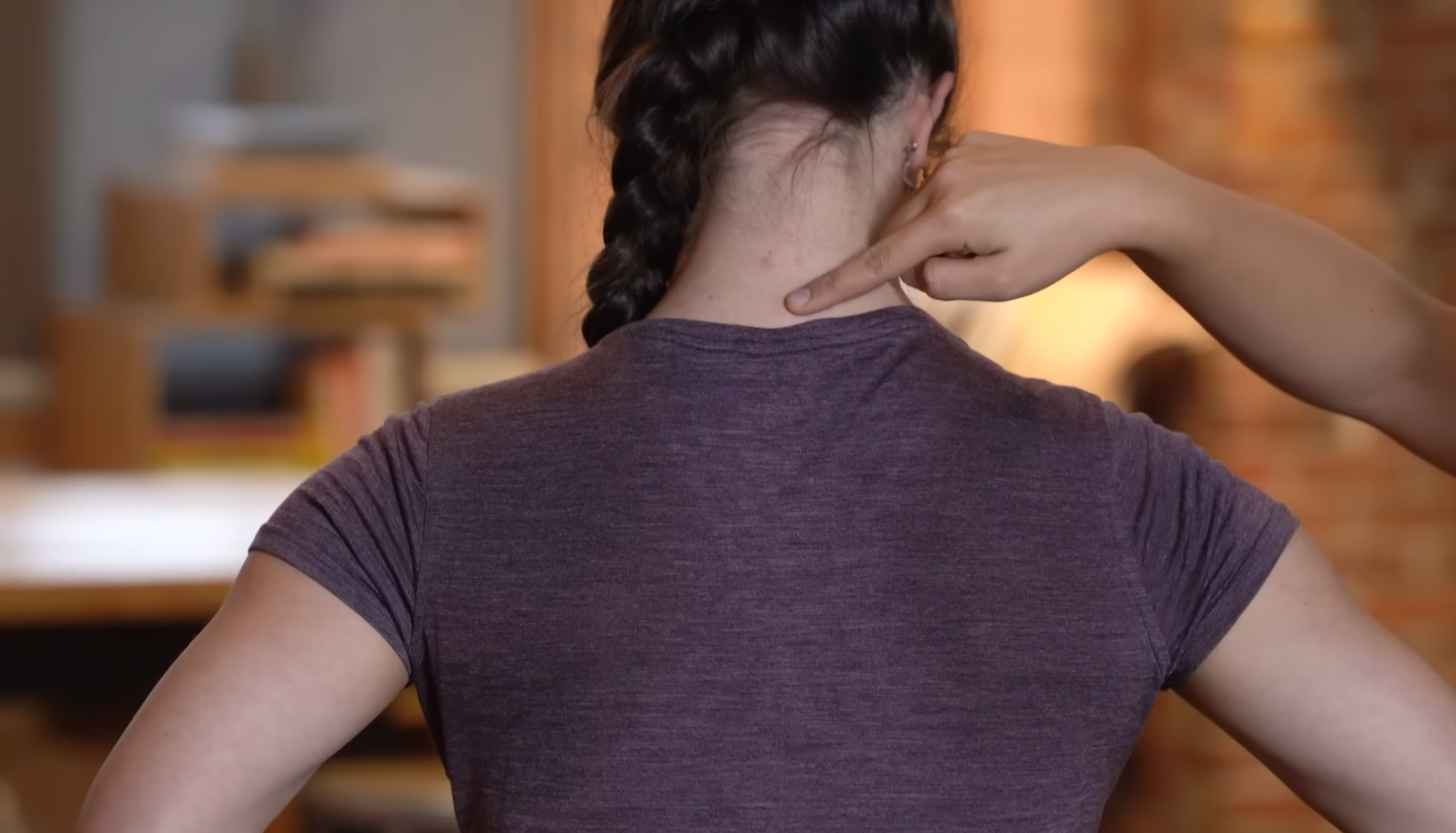
Improper Backpack Fit
It’s important to make sure you are wearing your backpack correctly. Wearing a backpack that is too low, too high or too tight can cause discomfort and strain on the body. Too low means your center of gravity is off and can lead to back, neck, and shoulder pain from having to lean forward when carrying the bag. Too high causes straining of the shoulders as the weight of the bag pulls backward. Too tight creates pressure points in uncomfortable places along your hips and back area, leading to excessive sweating and added strain on the spine. Make sure you adjust straps accordingly for a better fit!
One Strap Sling Method
If you’re not using both straps of your backpack, then you should look into the one strap sling method. Start by securing the bag onto one shoulder, and make sure the bag is centered between your shoulder blades and mid back. Adjust the strap length so it tightens snugly around your body but isn’t too tight. Keep in mind that this bag should be light enough to carry comfortably with just one strap – if it’s too heavy for one arm, double up on straps!
Low on the Back
For smaller bags worn around the waist or lower back, adjust the straps accordingly so that the bag sits low on your body. Make sure you leave enough room to move freely and not restrict any parts of your body. The bag should fit snugly against your hip bones and upper buttocks area but still give you enough flexibility to move around comfortably. It’s important to note that this type of bag is designed for lighter items only – heavier items should be placed in a larger backpack with two straps!
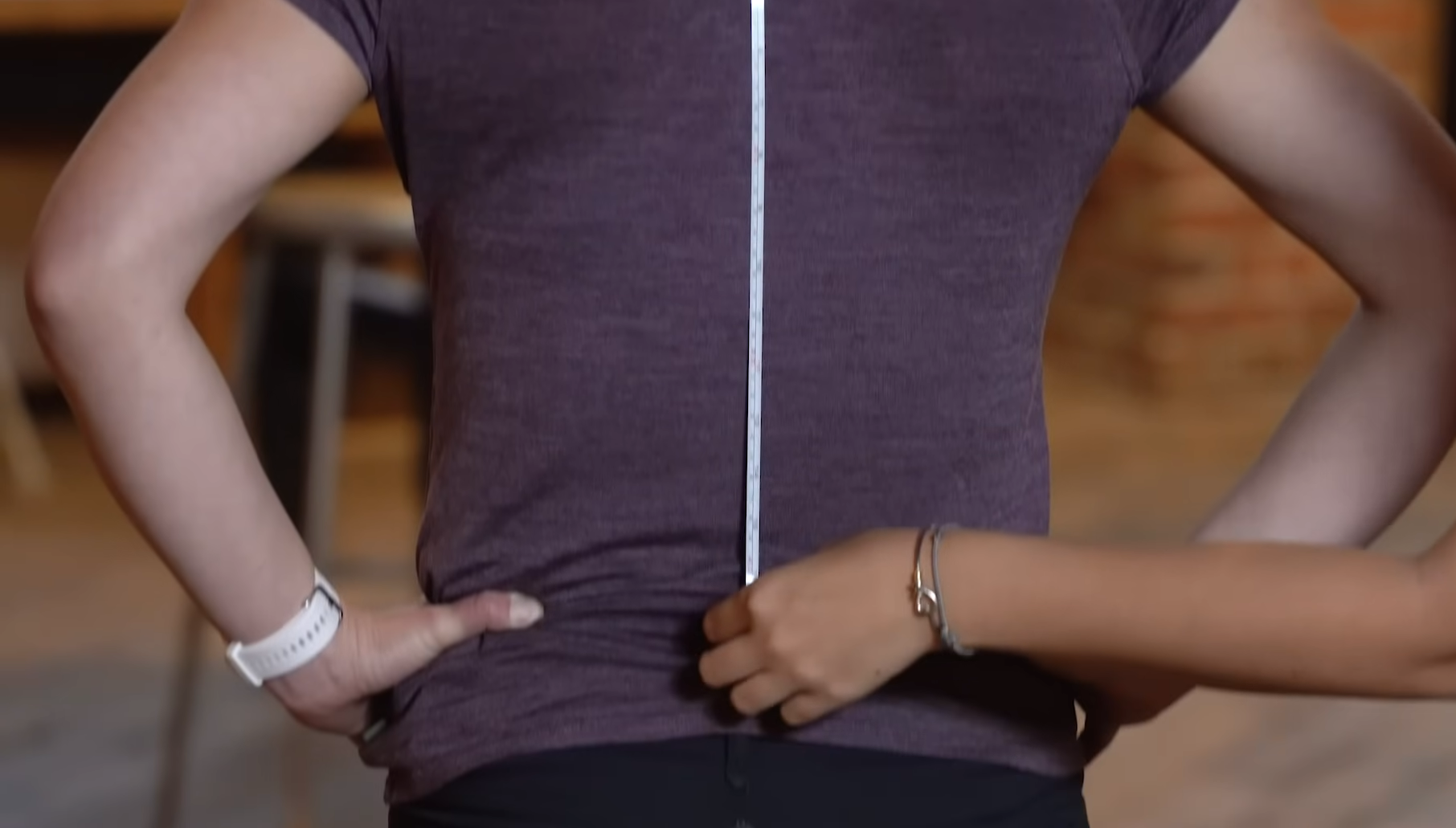
Backpack Weight
The weight of your backpack is an important consideration when trying to determine where it should be sitting on your back. Heavy bags can cause strain and pain in the lower back, neck, and shoulders if not distributed correctly. Ideally, you want the load of the pack to rest evenly across your upper body and hips.
If you’re planning on carrying a particularly heavy load, it’s worth investing in a backpack with extra padding and support such as wide shoulder straps or hip belts. These features will help to distribute the weight more evenly across your body. Lastly, if you want to take some of the strain off of your back, try using a hiking stick or walking poles to give yourself an extra boost while walking. This can really take the pressure off of your spine and lower back.
Guidelines for Children
When it comes to children, the main thing you need to keep in mind is comfort. Children’s backpacks should be lightweight and fit their bodies properly. The straps should not dig into their shoulders, and the backpack shouldn’t hang too low on their back. Ideally, a child’s backpack should sit near the upper middle of their back with both straps adjusted so that they form an “X” across the back. This will help distribute weight evenly and reduce stress on the spine and neck muscles. Additionally, look for packs with adjustable straps or sternum straps to further ensure a proper fit.
It’s also important for children to understand how to wear a backpack safely – always bend at your knees when lifting or putting on a pack and avoid twisting or jerking motions. Also, be sure to empty out the pack regularly and only carry items that are necessary for the day. By following these simple guidelines, you can help ensure your child’s backpack is comfortable and worn safely.

Buying Tips for Everyday Packs
When it comes to buying an everyday pack for your back, there are a few things you should keep in mind. First, the size and shape of the backpack is important. You should make sure that it fits comfortably on your back, without being too big or too small. The shoulder straps should be comfortable and adjustable so that you can find the perfect fit for you.
The material of the backpack is also something to consider when making your purchase. Try to select a durable fabric such as nylon or canvas which will withstand wear and tear over time and won’t become damaged easily if exposed to rain or snow. Make sure that all of the buckles, zippers, and compartments are well made and securely fastened.
Backpack Width
The width of your backpack should be proportional to the size of your torso. Going too wide or narrow can cause an imbalance and make it difficult to carry things around. Here are some tips to help you find the perfect fit:
- Measure the circumference of your torso, starting from the base of your neck until just above your navel.
- Look for backpacks with adjustable shoulder straps so that you can adjust them according to the size of your body.
- Opt for a narrower design if you’re on the shorter side or have a petite frame. A wider option may be better suited for taller people or those with larger torsos.
At the end of the day, comfort is key. Make sure the backpack fits snugly against your back and doesn’t feel bulky or uncomfortable. If you can adjust it to fit perfectly, then you’re good to go!
Straps
When it comes to wearing a backpack, the straps are everything. The shoulder straps should be tight enough that the bottom of the backpack sits around waist level. This ensures the weight of the pack is on your hips, not your shoulders or back. You might need to adjust them if you have to wear a coat or other bulky clothing underneath. Adjusting the straps also helps make sure that all items inside the pack are secure and won’t fall out while you’re walking. Additionally, chest and hip straps help evenly distribute weight across your body so you don’t strain any muscles from carrying too much weight in one spot for too long. It’s worth taking a few minutes to get these settings right before you set off!

Torso Length
When it comes to backpack comfort, the torso length of your body is a crucial factor. The ideal backpack should be slightly wider than your torso and fit snugly between your shoulders and waist. Not sure about your torso length? Measure from the top of your hip bone (the iliac crest) up to the highest point on your spine that’s still comfortable to touch – this should be around the C7 vertebrae at the base of your neck. You can also ask a friend or family member to help if needed!
Another thing to keep in mind when shopping for backpacks is the height of the shoulder straps; if they are too low, it will cause your backpack to slip down on your body while walking. To avoid this, look for adjustable straps that enable you to customize the fit and ensure optimal comfort and stability.
Last but not least, once you have chosen the right backpack for your body type, be sure to adjust all its straps correctly before using it. This will help distribute the weight evenly and prevent any back pain or discomfort. Keep in mind that your backpack should sit higher on your waist than on your lower back; otherwise, it could throw off your balance.
Buying Tips for Hiking Packs
When you’re out shopping for a hiking pack, keep the following in mind:
- Choose a backpack that fits the size of your back. If it’s too big or too small, it will be uncomfortable and may cause pain or injury. Consider getting fitted by an expert at your local outdoor store.
- The straps should fit comfortably without causing strain on your shoulders and back. Look for adjustable straps so you can customize the fit to your body type.
- Make sure the material is durable enough to withstand extended use outdoors. A good quality hiking pack will have reinforced stitching and thick, waterproof material.
- The design of the backpack should make sense for its intended purpose. If you need lots of pockets for organization, look for a pack with multiple compartments. If you’re carrying heavy items, make sure the straps are strong enough to support the weight.
- Be mindful of where you’ll be using your hiking pack and choose accordingly. If you’ll be trekking through wet terrain, look for one that is highly waterproof. If you plan on taking it out in cold weather, opt for something with insulation and/or a built-in heater system.
By following these tips, you can find the perfect hiking backpack to fit your needs. Once you have your new backpack in hand, make sure you know how to properly wear it so that it sits comfortably on your back. That way, there won’t be any surprises when you hit the trails!
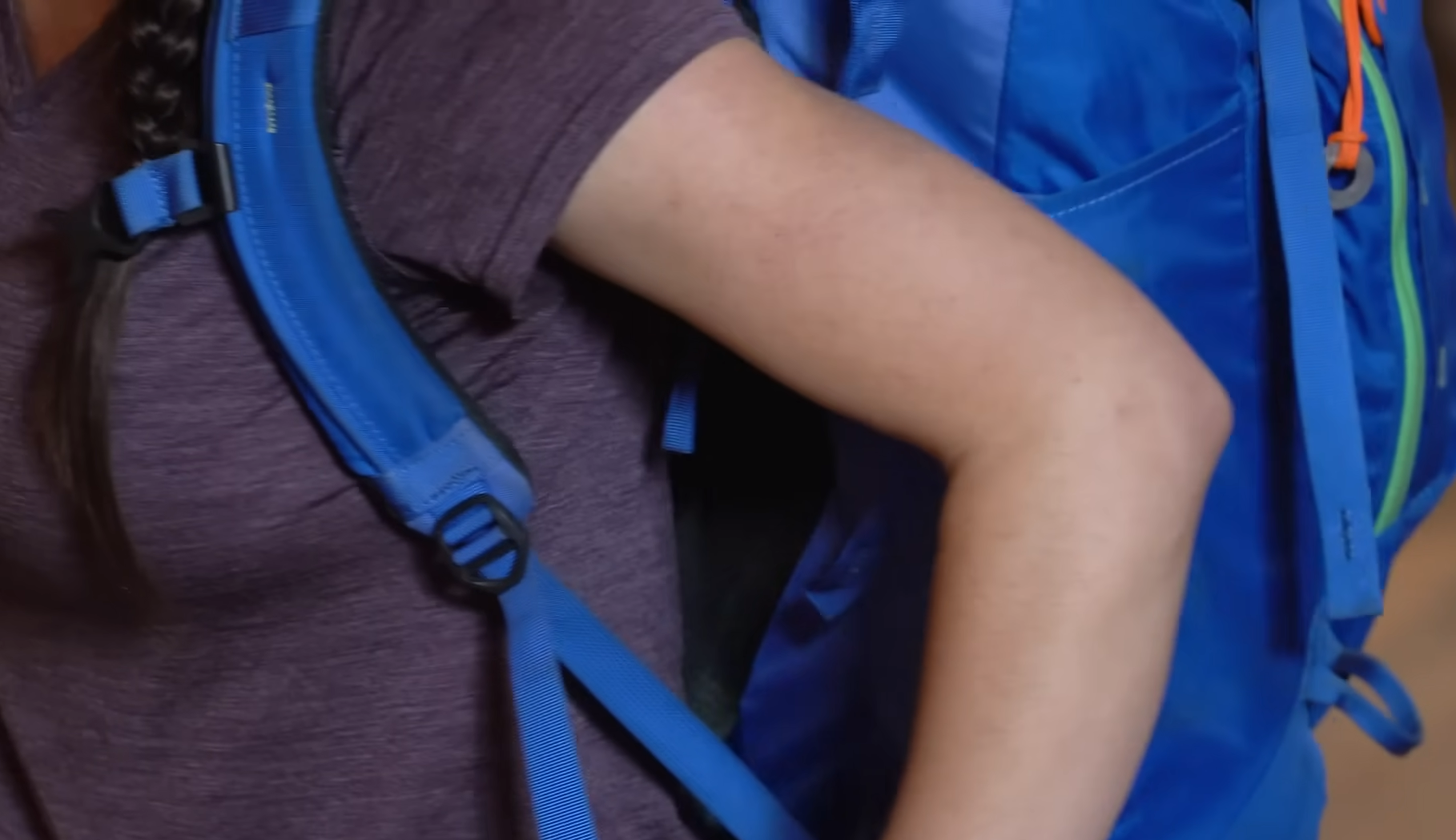
Measure Your Torso Length
The first step in determining the placement of your backpack is to measure your torso length. To do this, grab a measuring tape and stand up straight with your arms at either side. Measure from the top of your hip bone to the base of your neck, then divide that number by two (this will be referred to as your mid-back). This measurement will help you determine what size backpack you need and where it should sit on your back.
Check the Hip Belt
One of the most important parts of a backpack is the hip belt. It should fit snugly around your waist and be comfortable. The hip belt helps to transfer weight from your shoulders and prevent slouching, which can lead to back pain over time. Make sure that the hip belt is adjusted correctly so that it fits snugly and evenly around your waist, with the buckle sitting on top of your hip bones. This will also help keep the load centered on your back as you move, providing better balance and support.
Check Shoulder Straps
The placement of your backpack on your back is just as important as the straps you use to keep it in place. To make sure your backpack is sitting properly on your back, be sure to check that the shoulder straps are tight enough but not too tight. You should be able to fit two fingers between the strap and your body without much effort. If they’re too tight, they can cause discomfort or even restrict breathing; if they’re too loose, the bag won’t stay in place and might create an imbalance when walking or running. Also, check that the shoulder straps don’t slip off your shoulders when you move around (especially if you need to bend down). This could also throw off the balance of the bag.
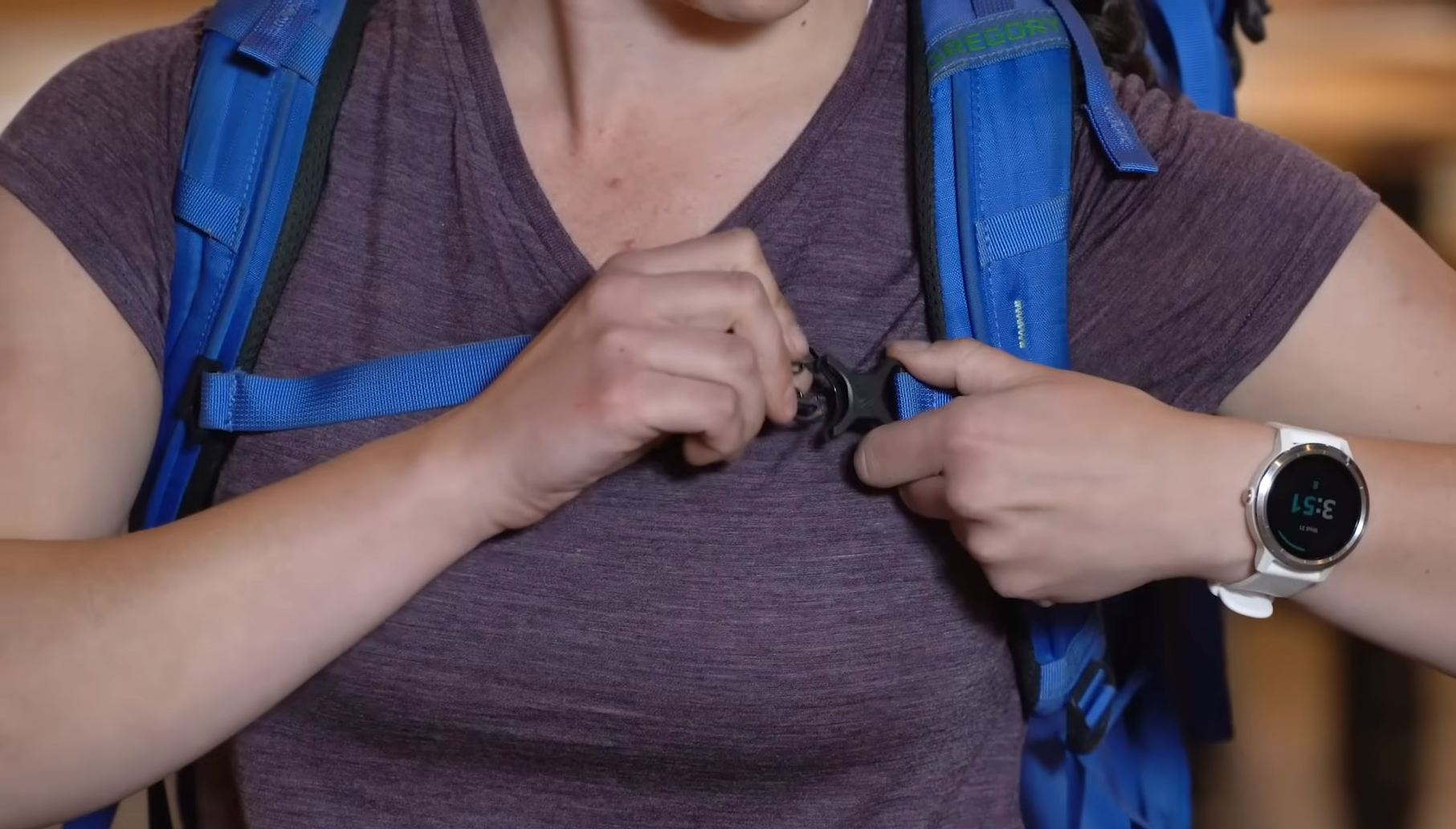
Learn how to use Load Lifters
To get the most out of your backpack, it’s important to understand how to use the load lifters and hip straps. The first step is to adjust the shoulder straps so that they fit snugly against your body. Then, you can attach the load lifters at the top of the shoulder straps and adjust them until they form a 45-degree angle with your back. This will help keep weight distributed evenly over your shoulders instead of pulling down front or back.
Finally, it’s important to remember that proper positioning of the backpack is key to a comfortable fit. Your backpack should sit just above your waistline in order to keep the weight of the pack balanced and close to your body. This not only helps with comfort but also keeps you from having an awkward or lopsided stance while walking or hiking.
Adjust the Sternum Strap
A sternum strap is usually a feature of more technical packs such as backpacks made for hiking, but can also be found on everyday bags and travel packs. The sternum strap should rest in the middle of your chest, just above your breastbone. This will help to keep the straps taut against your body and ensure that you don’t over-tighten them. To adjust it correctly, loosen all the straps on your bag first, then clip the sternum strap onto its buckles at chest level before pulling it tight so that there’s no play in the material. Don’t pull it too tight – you want it to sit comfortably against your body without being restrictive or constricting your movement. Once adjusted, re-tighten all the other straps on your bag to ensure that it sits correctly against your back.
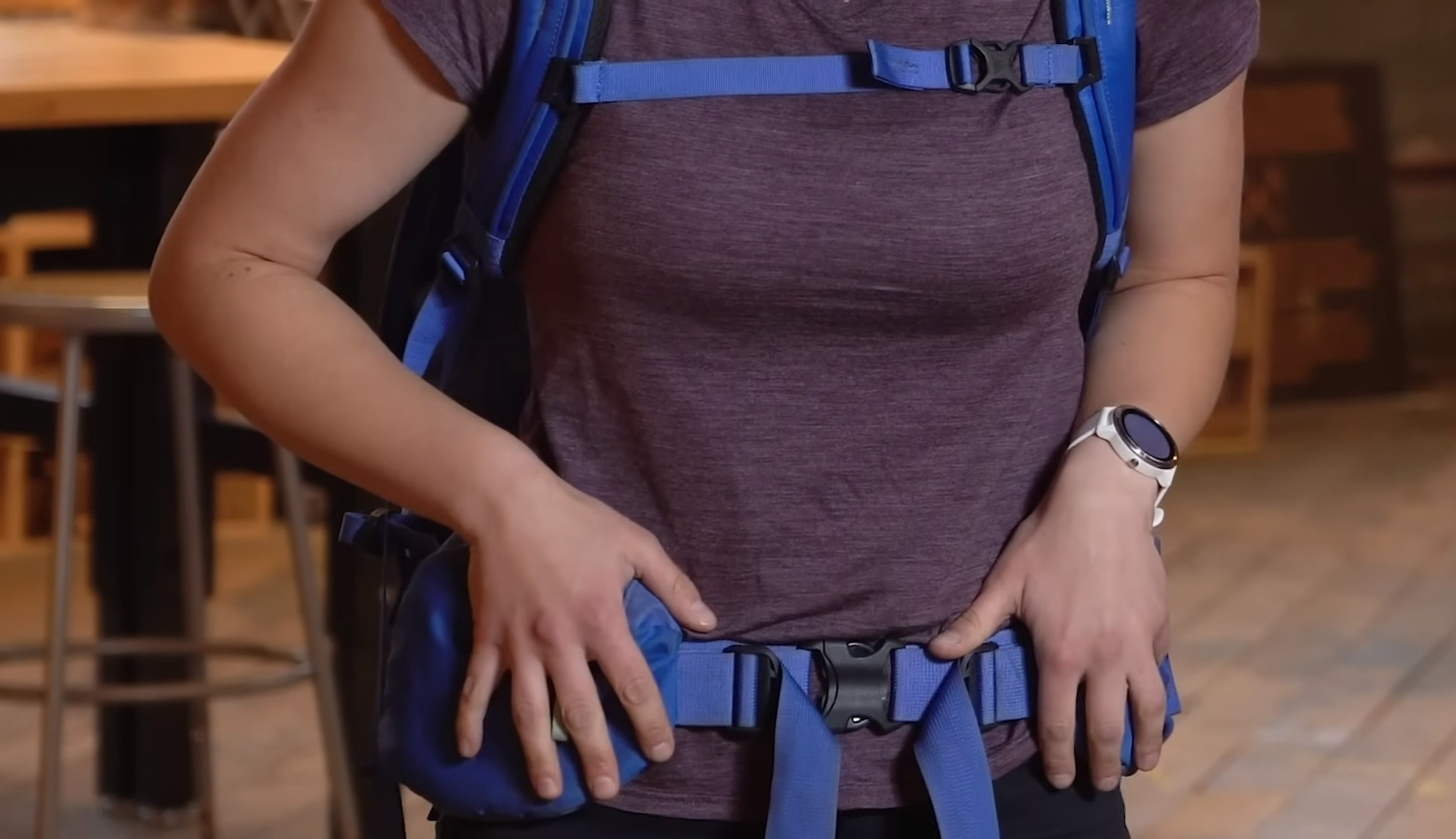
Walk around while Wearing your Pack
Once you have your pack fitted properly, it’s time to take a trial run. Put your backpack on and make sure the shoulder straps are snug against your shoulders – not so tight that they are uncomfortable, but not loose enough for the load to pull away from your body either. Make sure the waist belt is also snug against your hips and keeps most of the weight in your core area. If you don’t have a waist belt, adjusting how tight or loose the shoulder straps are can help shift some of the weight onto your hips for more balance when walking.
Walk around with your backpack on while ensuring that it doesn’t move too much as you walk around. The key idea here is to keep the bulk of the weight of the backpack close to your body. If you find yourself having to lean forward or hunch over, that’s a sign that it’s too heavy and you should lighten your load. Also make sure that the backpack is not hitting against the back of your legs as you walk – if it is, try shortening the straps or re-adjusting how tight/loose they are until it sits comfortably on top of your hips.
Final Adjustments
Now that you’ve got everything adjusted, it’s time for some final adjustments.
The shoulder straps should be tight enough so the pack is snug against your back but not so tight as to cut off circulation or cause discomfort in your shoulders and arms. The waist belt should also fit snuggly around your hips without digging in too much. Having the pack properly adjusted will help you remain balanced throughout your hike and keep the weight evenly distributed.
It’s also a good idea to check the fit of all the straps every once in awhile during long hikes, especially if you start to feel weighed down on one side. Over time, straps may loosen from the use or shifting of items inside the bag, so readjusting them is important for continuing to have a comfortable experience. [1]
By following these steps, you should find the perfect fit for your backpack and be able to enjoy any outdoor adventure with ease.
FAQ
Should a backpack be high or low on the back?
That depends on your body type and the size of the backpack. Generally speaking, you want to position a backpack higher up on your back for better balance and reduced strain on your lower back. If you’re carrying a lightweight bag, like a daypack, it can be positioned slightly lower down than a heavier bag. When loading a heavy pack, try to keep it as high as possible. You may also need to adjust the straps accordingly so that the weight is evenly distributed across both shoulders — this will reduce shoulder and neck pain, too. [2]
Where should a backpack sit on you?
When you’re wearing a backpack, it is important to make sure that the weight of the bag isn’t concentrated on one part of your body. This can lead to strain and even pain in your back or shoulders if the bag is too heavy. You want the weight of the bag to be evenly distributed so your body doesn’t feel any extra pressure.
For optimal comfort, your backpack should sit between your shoulder blades and rest at about hip level (or slightly higher). The straps should fit comfortably but not be too loose. For additional support, you can also adjust the sternum strap across your chest for extra stability. Make sure that when you stand up straight, you feel comfortable – not hunched over or off balance.
If you’re carrying a heavy load in your backpack, it’s important to make sure that the weight is evenly distributed. You can do this by putting heavier items closer to the back of the bag and lighter items at the front. This will help keep your balance in check so that you don’t feel like you are leaning forward or backwards when you stand upright.
If your backpack still feels too heavy, consider using a hip belt or waist strap for additional support. These straps can be attached to most backpacks and can help redistribute some of the weight from your shoulders and distribute it more evenly across your body. This way, you won’t feel overburdened when carrying your backpack for long periods of time. [3]
By adjusting the straps and weight distribution in your backpack, you can ensure that it is sitting comfortably on your back when you wear it. This will help prevent any strain or pain in areas like your neck, shoulders, or lower back – making carrying your backpack a much more comfortable experience!
What is the correct way to wear a backpack?
It’s important to wear a backpack correctly, as it can affect your posture and overall comfort. Generally speaking, a backpack should be worn high on the back, with the straps pulled tight so that it hugs close to the body. The bag should not hang down below your waist or rest too low on your back – this can cause strain on your neck and shoulders. It’s ok for the top of the backpack to sit just above your shoulder line – this will help keep it balanced and secure.
When wearing a backpack with two straps, you should always adjust each strap evenly so that the weight is distributed properly across both shoulders. This will keep you comfortable and prevent any aches or pains later on. You can also attach a waist belt to the backpack if it has one – this will help take some of the pressure off your shoulders/back.
It’s also important to remember that different backpacks may fit differently depending on their size and shape. Some may sit higher or lower naturally, so you should always adjust the straps until you find the most comfortable position for you.
Do backpacks hurt your posture?
Yes, backpacks can hurt your posture if they are not worn correctly. Wearing a heavy backpack on a single shoulder or too low on the back can cause bad posture by throwing your body out of balance. The weight should remain close to the center of gravity and evenly distributed between both shoulders. This will prevent straining of muscles and joints, as well as lower the risk for long-term health issues. Make sure to wear two straps instead of one, adjust the straps until it fits comfortably and always opt for lightweight materials when choosing a backpack. You also want to make sure you’re not packing more than you need — a full bag can weigh down heavily on your back! Following these simple tips will ensure that your posture remains healthy and free from strain. [4]
Useful Video: How to Fit a Backpacking Pack || REI
Conclusion
In conclusion, where your backpack sits on your back is important for comfort and posture. It should never be too high or low; rather it should sit securely between the shoulder blades in a way that distributes the weight evenly. Make sure to use both straps to avoid muscle strain and pack pockets thoughtfully when loading items inside the bag. With these tips, you can safely carry a heavy load with ease!
Remember – Wear your backpack properly and take regular breaks while carrying a heavy load. Doing so will help you avoid any potential pain or discomfort that may arise from improper positioning of the bag. Happy travels!
References:
- https://www.verywellfit.com/right-and-wrong-ways-to-wear-a-backpack-3435014
- https://www.quora.com/Should-my-backpack-be-very-high-on-my-back-or-somewhere-beneath-the-neck
- https://promoleaf.com/blog/how-to-wear-a-backpack-the-right-way
- https://thebold.co/blogs/backpack-101/can-a-backpack-affect-your-posture




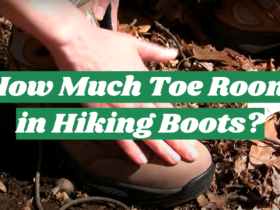
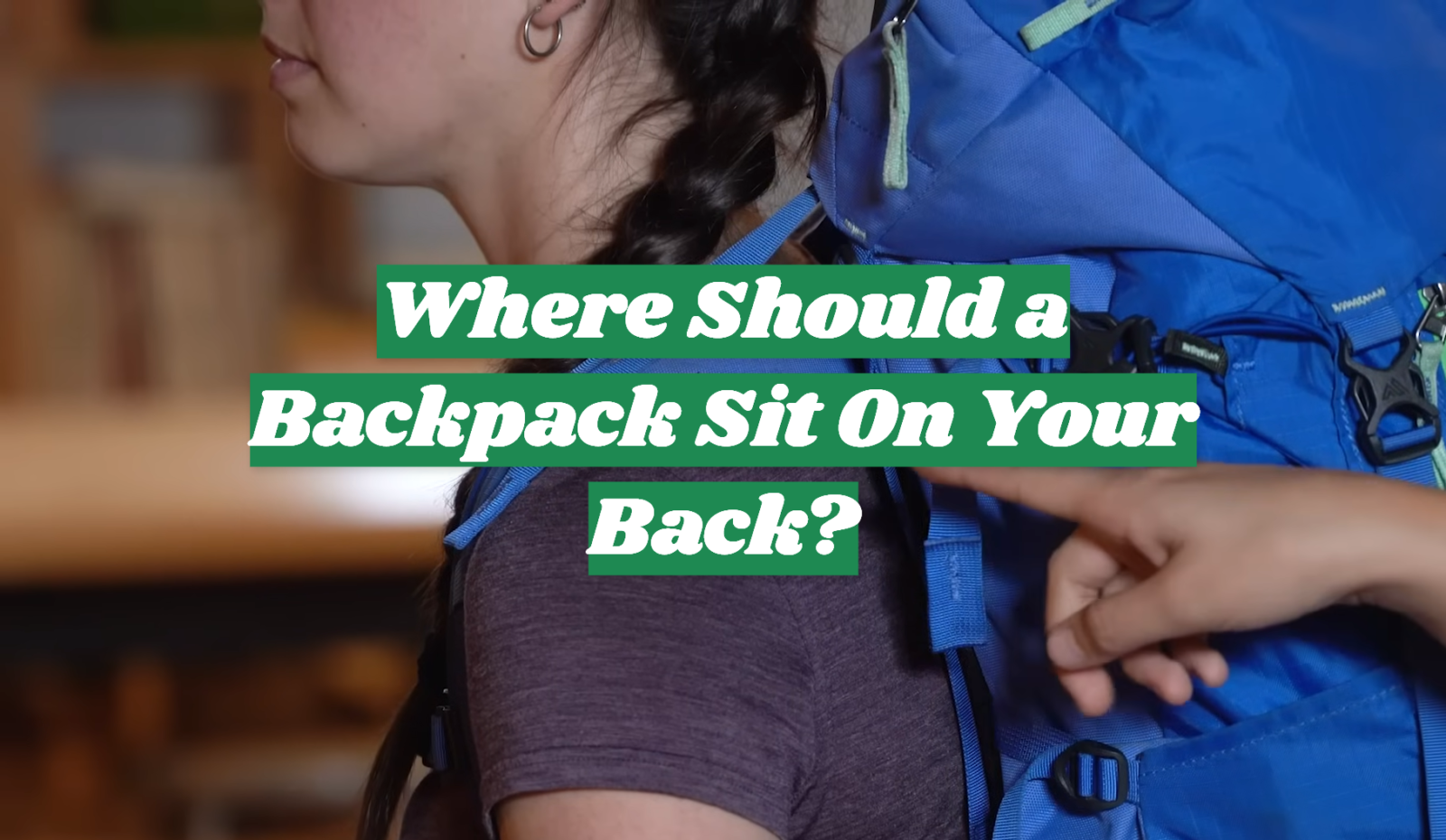




Leave a Review